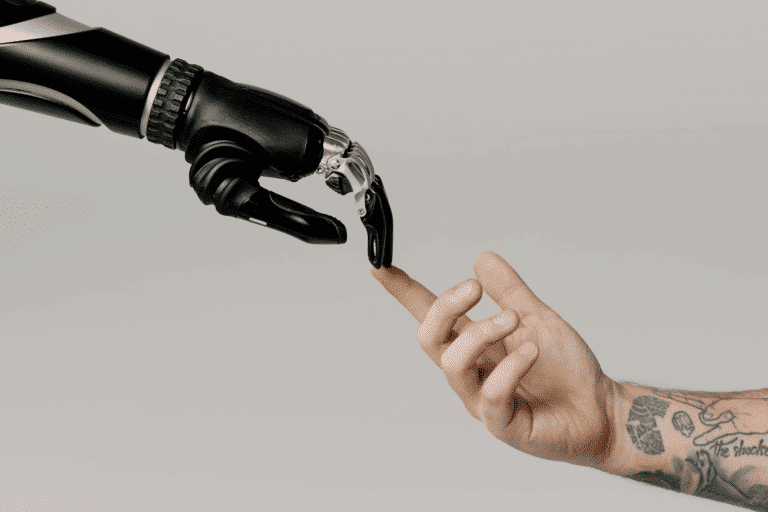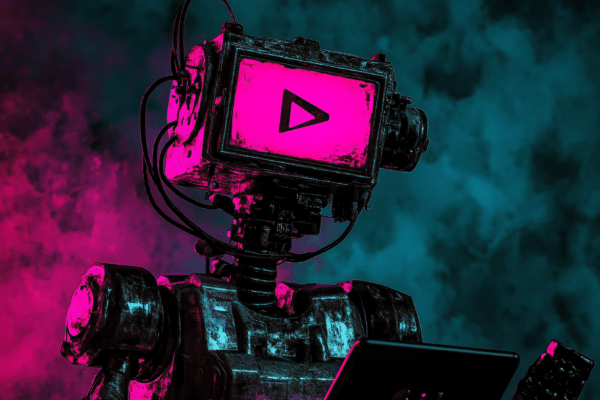As the use of artificial intelligence (AI) in recruiting continues to expand, HR departments around the world are looking for guidance on how to effectively integrate this powerful technology into their selection processes. Integrating AI can streamline operations, reduce bias and improve the overall quality of hires, but it must be done thoughtfully to avoid "pitfalls."
HR departments should take a balanced approach to such AI integration and combine AI tools with human oversight to ensure that hiring decisions are fair and inclusive. HR professionals should review AI recommendations, especially in cases of high-stakes hiring decisions.
To accomplish this, you have to set clear goals by defining what you want to achieve with AI in your hiring process, such as reducing time-to-hire, increasing candidate diversity, or improving the accuracy of the candidate-to-job fit. And to achieve this, you have to use the tools that fit those needs.
Other important practices
- Audits and updates: continually audit and update AI systems to address biases and adapt to new regulations. This includes training AI on diverse data sets and refining algorithms as more data becomes available.
- Transparency and engagement: maintaining transparency about the use of AI in selection processes and dialoguing with candidates about how their data is used. This builds trust and complies with legal regulations.
- Ongoing training for HR staff: invest in ongoing training for HR staff to ensure they remain proficient in traditional hiring practices and are able to step in when AI tools fall short.
- Feedback mechanisms: implement mechanisms to collect feedback from users, both HR staff and candidates, about their experiences with AI tools.
- Performance metrics: establish clear metrics to evaluate the success of integrating AI into hiring processes.






